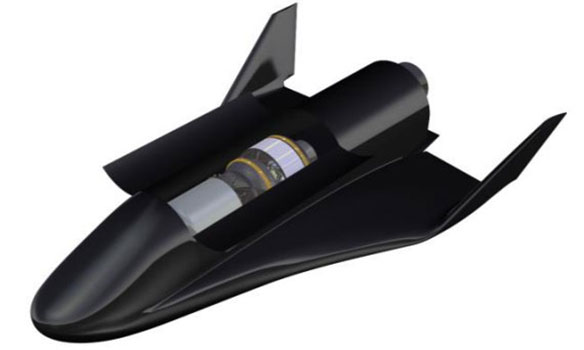S3 SOAR
Sub-Orbital Aircraft Re-usable
The SOAR air-launched suborbital shuttle shown in Figure. is the second stage of the launch system.
The SOAR needs to be carried up to a minimum altitude by the Carrier Aircraft prior to its release and engine ignition. The SOAR cargo bay accommodates the LUS rocket upper stage, as shown below, up to its release window in the upper atmosphere, at an altitude of 80 km.
The SOAR shuttle is developed and to be manufactured by an industrial consortium under the supervision of S3 Engineering.
The risk associated with the development of the SOAR is the most critical risk affecting the S3 SOARSAT program, and as such, has been thoroughly mitigated through adequate measures: Second Stage – S3 SOAR
- Partnership with the most experienced actors within the aerospace industry, including the European, Russian, and potentially Chinese aerospace sector
- Selection of mature technologies mastered by industrial partners
- Maximization of the usage of commercial-of-the-shelf components and systems


S3 SOAR
Second Stage
Altogether, these industrial partners cover all the fields of expertise required for the design, development, and manufacturing of the SOAR shuttle.
In order to achieve the strategic objectives (reliability, safety, flexibility, affordability, and recurrence and responsiveness), a series of key technologies have been identified. The industrial strategy is established in order to mitigate the risk associated with those key technologies. Table 1. details the list of these technologies together with the heritage and expertise available to the SOARSAT program that will allow risk mitigation throughout the development of the S3 Launch System.

Key Technologies for the Production and Operation of the SOARSAT Launch System